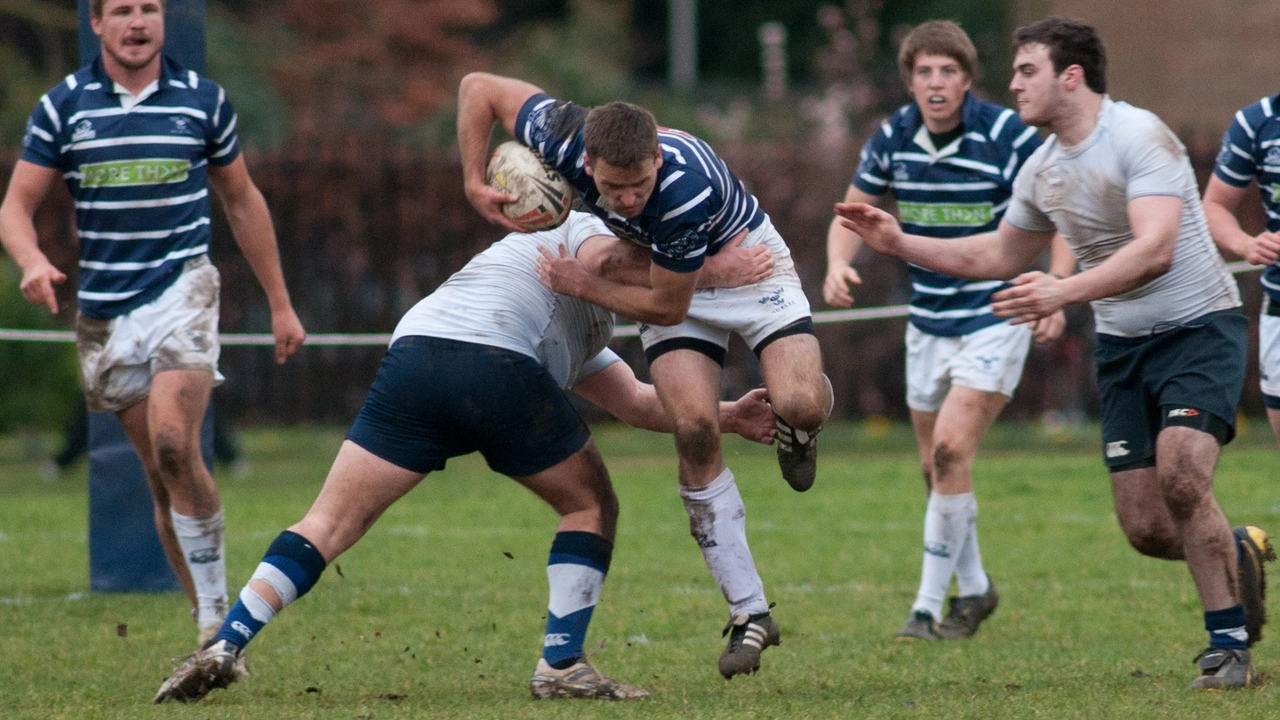Rugby League: What It Is, Where It Came From, and Why It Matters
If you’ve ever wondered why some matches have 13 players instead of 15, or why the scoring looks a bit different, you’re looking at rugby league. It’s the faster‑paced cousin of rugby union, with its own story, rules, and fan base. Below we break down the basics, give a quick history, and point out the main things that set league apart.
Quick History of Rugby League
Rugby league split from union in 1895 in northern England. Clubs in Yorkshire and Lancashire wanted to pay players for missing work, but the Rugby Football Union (the union’s governing body) banned any compensation. The dissenting clubs formed the Northern Rugby Football Union, which later became the Rugby Football League. The move gave birth to a sport that embraced professionalism early on.
The new code kept many union elements but tweaked the game to make it more spectator‑friendly. Fewer players, a set‑piece limit on tackles, and a simpler scoring system meant faster play and more excitement for crowds. Those changes helped league spread to Australia, New Zealand, and parts of France, where it’s now a major sport.
Key Differences From Rugby Union
Here are the most noticeable ways rugby league stands out:
- Number of players: 13 per side instead of 15.
- Tackle count: After a team is tackled six times, they must hand over possession. No rucks or mauls like in union.
- Scrums: In league, scrums are uncontested and mainly a way to restart play, not a real contest.
- Scoring: A try is worth 4 points, a conversion 2, a penalty goal 2, and a drop goal just 1 point.
- Play the ball: The tackled player rolls the ball back with their foot to a teammate, keeping the game flowing.
These tweaks make league games quicker and usually higher‑scoring, which many fans love for its nonstop action.
Follow the Latest Rugby League News
Keeping up with league isn’t hard. Major competitions include the Super League in the UK, the NRL in Australia, and the Rugby League World Cup every four years. Check the club websites, local sports pages, or streaming services for live matches and highlights.
Local clubs, like Portsmouth Rugby Club, often host league-friendly fixtures or social events. Attending a game gives you a feel for the atmosphere – the chants, the fast breaks, and the community spirit.
Want to learn more on the fly? Watch a few matches, note the six‑tackle rule, and see how teams use quick passes to move the ball. You’ll start spotting patterns fast, and the sport will feel less confusing.
Whether you’re a parent taking a kid to their first game, a former union player curious about the differences, or just someone looking for a thrilling sport, rugby league offers a fresh, action‑packed experience. Dive in, follow the teams, and you’ll quickly see why league has a loyal following across the globe.

Which has more concussions, rugby league or union?
After delving into the topic, I've found that both rugby league and union have their fair share of concussions. However, research indicates that rugby union might just edge ahead with a slightly higher rate of concussions. The physical nature and tackling style of the game could contribute to this trend. Yet, it's important to note that both sports are working to improve player safety and reduce the risk of head injuries. Concussion awareness and management in both games have also significantly improved over the years.
view more

